ABOVE: Portrait of Eustace Chapuys by an unknown artist, 17th century With the rarest of exceptions, everyone, academics and enthusiasts alike, can look back at …
CHAPUYS ON ANNE BOLEYN’S GUILT
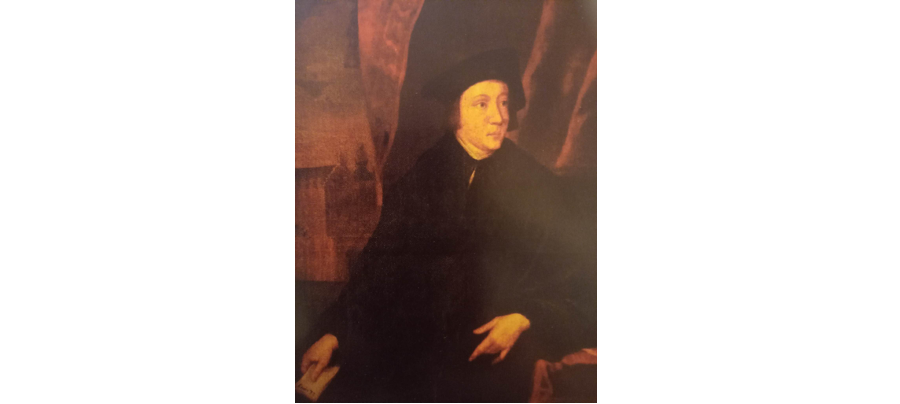
Tudor Treasures & Medieval Musings
WITH GRADUATE HISTORIAN JESSICA CAREY-BUNNING

ABOVE: Portrait of Eustace Chapuys by an unknown artist, 17th century With the rarest of exceptions, everyone, academics and enthusiasts alike, can look back at …
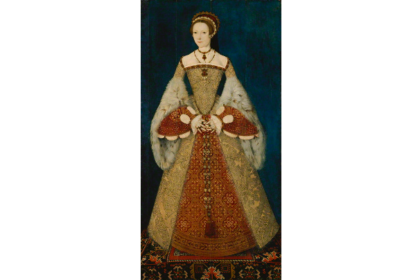
Catherine Parr was a true Renaissance queen. The Renaissance was literally a time of the rebirth of Classical knowledge and learning, and humanists venerated the …
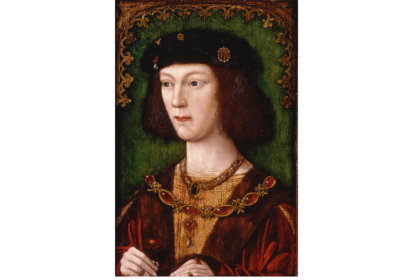
ABOVE: Portrait of Henry VIII by Meynnart Wewyck, c.1509, the year of his ascension Royal pardons were common in the Middle Ages and Early Modern …
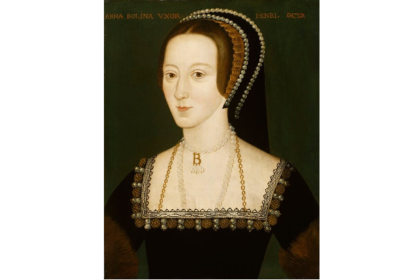
In the days following the execution of Anne Boleyn, Henry VIII’s clerks compiled a reckoning of the late queen’s expenses in the 5 months before …
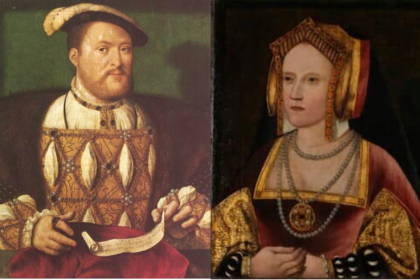
It is a familiar story – man leaves his devoted wife of many years for a younger woman. It is easy to look at Henry …

ABOVE: Thomas Cranmer by Gerlach Flicke, c.1545 On the 11th October, 1663, Samuel Pepys recorded in his diary: ‘At night fell to reading in the …

Henry VIII had lavished Anne Boleyn with jewels, gifting her many exquisite pieces during their courtship and marriage. In addition, Anne had demanded, and received, the jewels of Katherine of Aragon. We only know what happened to a portion of Anne’s jewellery collection; what happened to the rest remains a mystery.
A letter from one of Henry’s European ambassadors indicates that Mary received a large portion of Anne Boleyn’s jewellery; an entry in ‘Letters and Papers’ summarises a letter sent from Mr Pate, ambassador, to Henry VIII on the 1st July, 1536; the entry states:

On the 3rd of January, 1541, less than six months after the annulment of her marriage to Henry VIII, Anne of Cleves travelled from her palace at Richmond to Hampton Court in order to personally deliver her New Years gifts to her ex-husband and his new, pretty wife, Catherine Howard.
Though Chapuys was generally hostile to Anne due to religious and political differences, his admiration for the former queen’s behaviour upon meeting her former lady-in-waiting and replacement is evident:
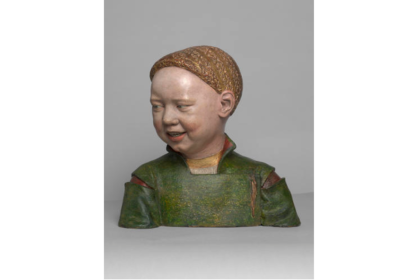
This bust, which has been in the Royal Collection since its creation, has been identified as a young Henry VIII. Analysis of the style and dating of the paint has revealed that it was created c.1498, when Henry would have been only 7 years old
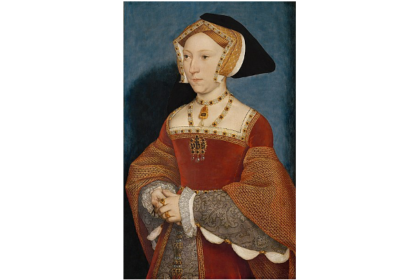
Above: Portrait Jane Seymour by Hans Holbein the Younger, c.1536-37Jane is portrayed here wearing the English gable hood she also insisted her ladies wear Both …